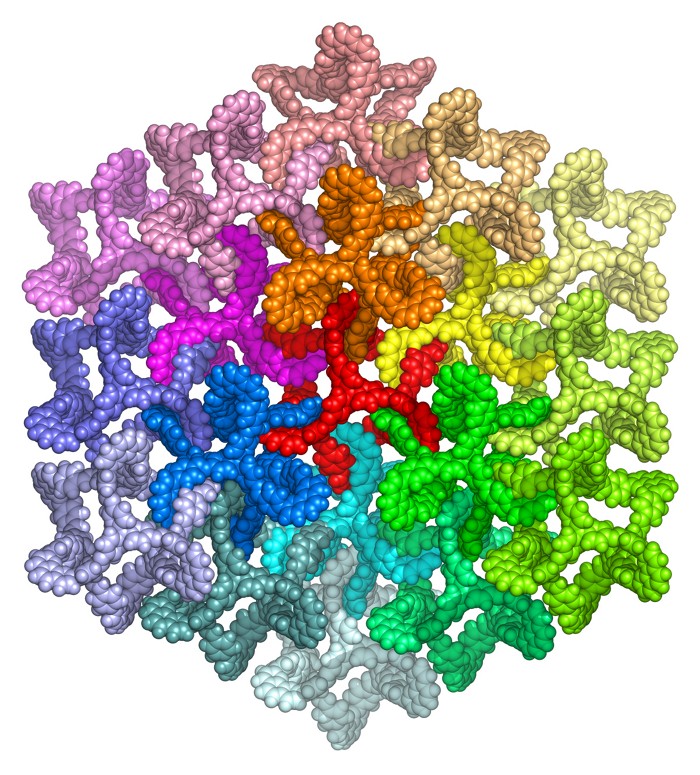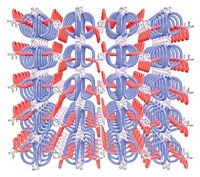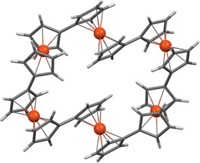Advertisement
Grab your lab coat. Let's get started
Welcome!
Welcome!
Create an account below to get 6 C&EN articles per month, receive newsletters and more - all free.
It seems this is your first time logging in online. Please enter the following information to continue.
As an ACS member you automatically get access to this site. All we need is few more details to create your reading experience.
Not you? Sign in with a different account.
Not you? Sign in with a different account.
ERROR 1
ERROR 1
ERROR 2
ERROR 2
ERROR 2
ERROR 2
ERROR 2
Password and Confirm password must match.
If you have an ACS member number, please enter it here so we can link this account to your membership. (optional)
ERROR 2
ACS values your privacy. By submitting your information, you are gaining access to C&EN and subscribing to our weekly newsletter. We use the information you provide to make your reading experience better, and we will never sell your data to third party members.
Metal-Organic Frameworks
Chain-link molecules form flexible networks
Catenated covalent organic frameworks could find use as additives or membranes
by Mark Peplow, special to C&EN
January 17, 2023

Covalent organic frameworks (COFs) are porous lattices that are finding uses in gas storage, water filtration, and catalysis. Now, researchers led by Omar Yaghi at the University of California, Berkeley, have built a new breed of COFs from interlocking molecules called catenanes, which hang together like chain links in a 3D network (Nat. Synth. 2023, DOI: 10.1038/s44160-022-00224-z). “This physical interlocking allows materials to absorb the energy from stress,” Yaghi says, adding that this feature might make such COFs useful as materials additives.
The researchers built their catenane COFs by condensing Y-shaped triamines with aldehyde-bearing molecules coordinated around a copper(I) ion. The geometry of these precursors ensures that they form organic polyhedra with three fused rings, a shape similar to the structure of the compound adamantane. Each polyhedron is more than 3 nm wide and interlocks with six of its neighbors to form an extensive network containing millions of polyhedra.
Using aqueous potassium cyanide to wash out the copper template ions frees the polyhedra to move around without actually separating from one another. That makes the COFs soft and flexible, potentially attractive properties in applications as diverse as filtration membranes and soft robotics. The motion of the interlocking parts also means that the COF’s pores can stretch to accommodate incoming guest molecules “almost like an enzyme adapting its active site to a substrate,” Yaghi says.





Join the conversation
Contact the reporter
Submit a Letter to the Editor for publication
Engage with us on Twitter